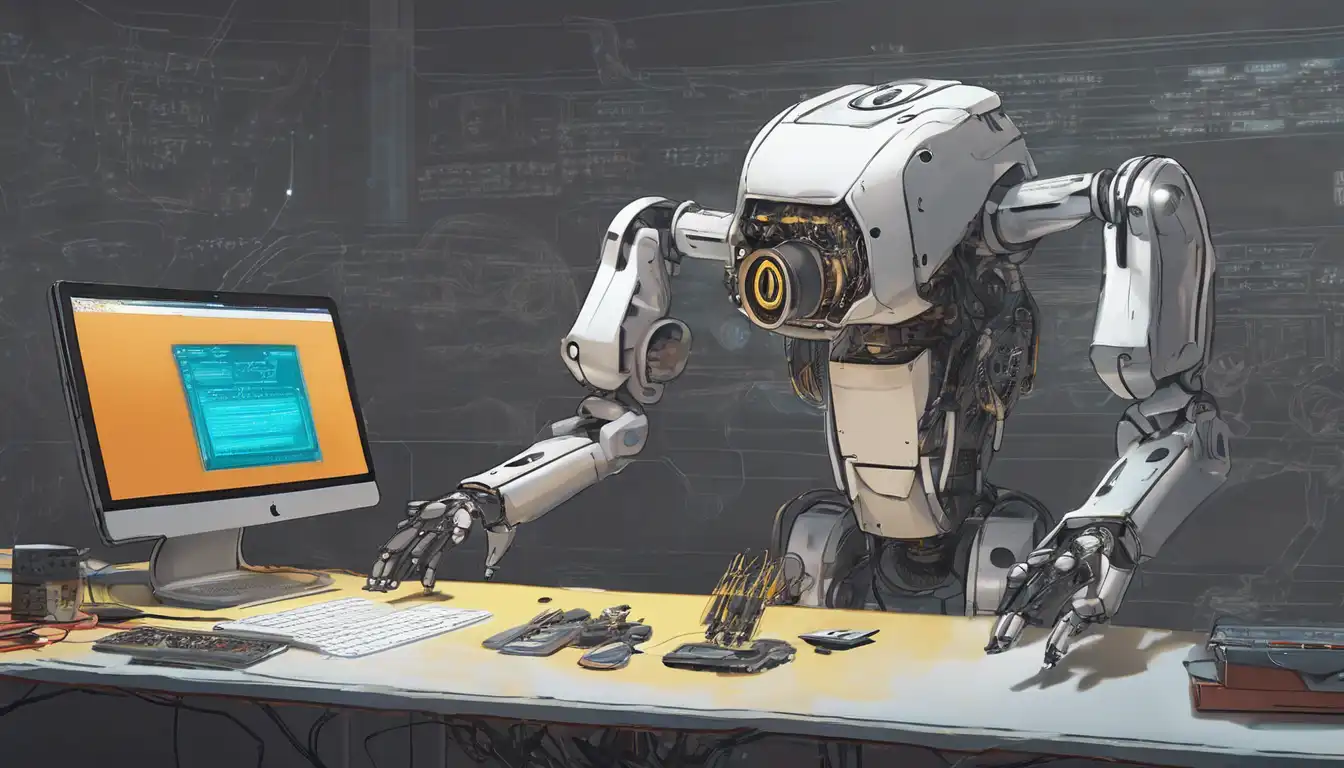Introduction to Robotics Programming
Robotics programming is an exciting field that combines the creativity of design with the precision of coding. Whether you're a hobbyist looking to build your first robot or a professional aiming to enhance your skills, understanding the basics of robotics programming is essential. This guide will walk you through the foundational steps to get started in this dynamic field.
Understanding the Basics
Before diving into coding, it's important to grasp the core concepts of robotics. Robots are machines capable of carrying out complex actions automatically, often mimicking human behavior. Programming these machines involves writing code that dictates their movements, decisions, and interactions with the environment.
Choosing the Right Tools
Selecting the appropriate programming language and hardware is crucial for your robotics project. Popular programming languages for robotics include Python, C++, and ROS (Robot Operating System). For hardware, beginners might start with Arduino or Raspberry Pi kits, which are user-friendly and widely supported.
Setting Up Your Development Environment
Once you've chosen your tools, the next step is to set up your development environment. This involves installing the necessary software, such as an IDE (Integrated Development Environment) and any libraries specific to your robotics project. Ensuring your environment is correctly configured will save you time and frustration as you progress.
Writing Your First Robotics Program
Start with a simple project, such as programming a robot to move in a straight line or avoid obstacles. This will help you understand the syntax of your chosen programming language and how it interacts with the robot's hardware. Remember, the key to learning is experimentation and iteration.
Exploring Advanced Concepts
As you become more comfortable with the basics, you can explore advanced topics like machine learning, computer vision, and autonomous navigation. These areas open up a world of possibilities for your robotics projects, from drones that can navigate on their own to robots that can recognize and interact with objects.
Joining the Robotics Community
One of the best ways to learn and stay motivated is by connecting with other robotics enthusiasts. Online forums, local meetups, and competitions are great places to share ideas, ask questions, and get feedback on your projects. The robotics community is incredibly supportive and always eager to welcome new members.
Conclusion
Robotics programming is a rewarding skill that blends creativity with technical expertise. By starting with the basics, choosing the right tools, and engaging with the community, you'll be well on your way to bringing your robotic visions to life. Remember, every expert was once a beginner, so don't be afraid to start small and dream big.
For more insights into robotics and programming, check out our technology section for additional resources and tutorials.
